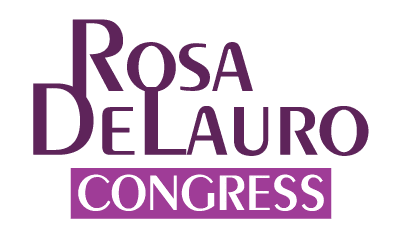CT News Junkie
WASHINGTON — After more than a 20-year hiatus the Centers for Disease Control and Prevention would receive funding for firearm injury and mortality prevention research under a budget plan supported by a House Appropriations subcommittee led by Representative Rosa DeLauro.
The research money is included in an appropriations bill that would provide $189.8 billion in discretionary funding in the next fiscal year to the Departments of Labor, Health and Human Services and Education that DeLauro’s subcommittee is considering this afternoon starting at 4 p.m.
The $189.8 billion spending proposal for 2020 represents an $11.7 billion increase over current funding and $47.8 billion more than President Donald Trump requested in his 2020 budget. DeLauro has called Trump’s proposal “cruel” and “reckless,” saying it would do irreparable damage to critical social safety net programs such as Social Security and Early Head Start.
The bill includes $25 million for the CDC and $25 million for the National Institutes of Health to fund firearm injury and mortality prevention research. It’s been more than two decades since Congress included specific funding for the CDC to conduct such research.
Republicans last month said they were wary of providing new money for gun research, claiming Democrats are trying to score political points because the CDC already has the authority to study gun violence. However, the CDC, which collects data on gun violence injuries, said it’s limited in what it can do without more money. A 2018 budget deal clarified that the federal government can study gun violence, as long as it doesn’t use the research to promote gun control, according to Politico.
DeLauro’s subcommittee proposal would reject Trump’s proposed cuts and instead invest additional funding in many of these programs.
“This year’s Labor-HHS-Education funding bill — the People’s bill — makes historic investments in programs that provide opportunities for millions of people,” she said.
The bill would increase funding for:
• early childhood education, child care, public schools, and higher education programs like Pell Grants and the Federal Work Study program;
• workforce training, apprenticeship programs, and worker protection programs at the Wage and Hour Division and Occupational Safety and Health Administration, and;
• medical research at National Institutes of Health, public health and food safety infrastructure at Centers for Disease Control and Prevention, and women’s health.
“Through billions in smart, increased investments, our bill will help people across the country at every stage of their life. I look forward to passing it into law,” DeLauro said.
The Labor-HHS-Education bill is the largest non-defense appropriations bill. It will be the first of 12 annual appropriations bills to be considered by the Appropriations Committee for fiscal 2020.
House Appropriations Committee Chairwoman Nita Lowey supports the proposal.
“Not only does this bill resoundingly reject the proposed cuts in President Trump’s budget that would have hurt working families, it provides a robust increase in funding for important national priorities that create jobs and grow the economy, improve health security, and build a stronger future for all Americans,” she said.
Bill Summary:
• $99 billion for the Department of Health and Human Services — $2 billion above the 2019 enacted level and $6.9-billion above the President’s budget request.
• $75.9 billion for the Department of Education — $4.4 billion above the 2019 enacted level and $11.9 billion above the President’s budget request. It includes $21 million for Special Olympics education programs. The Trump administration had proposed eliminating the program.
• $13.3 billion for the Department of Labor — $1.2 billion above the 2019 enacted level and $2.4 billion above the President’s budget request. Much of the additional funding would go to job training programs.


